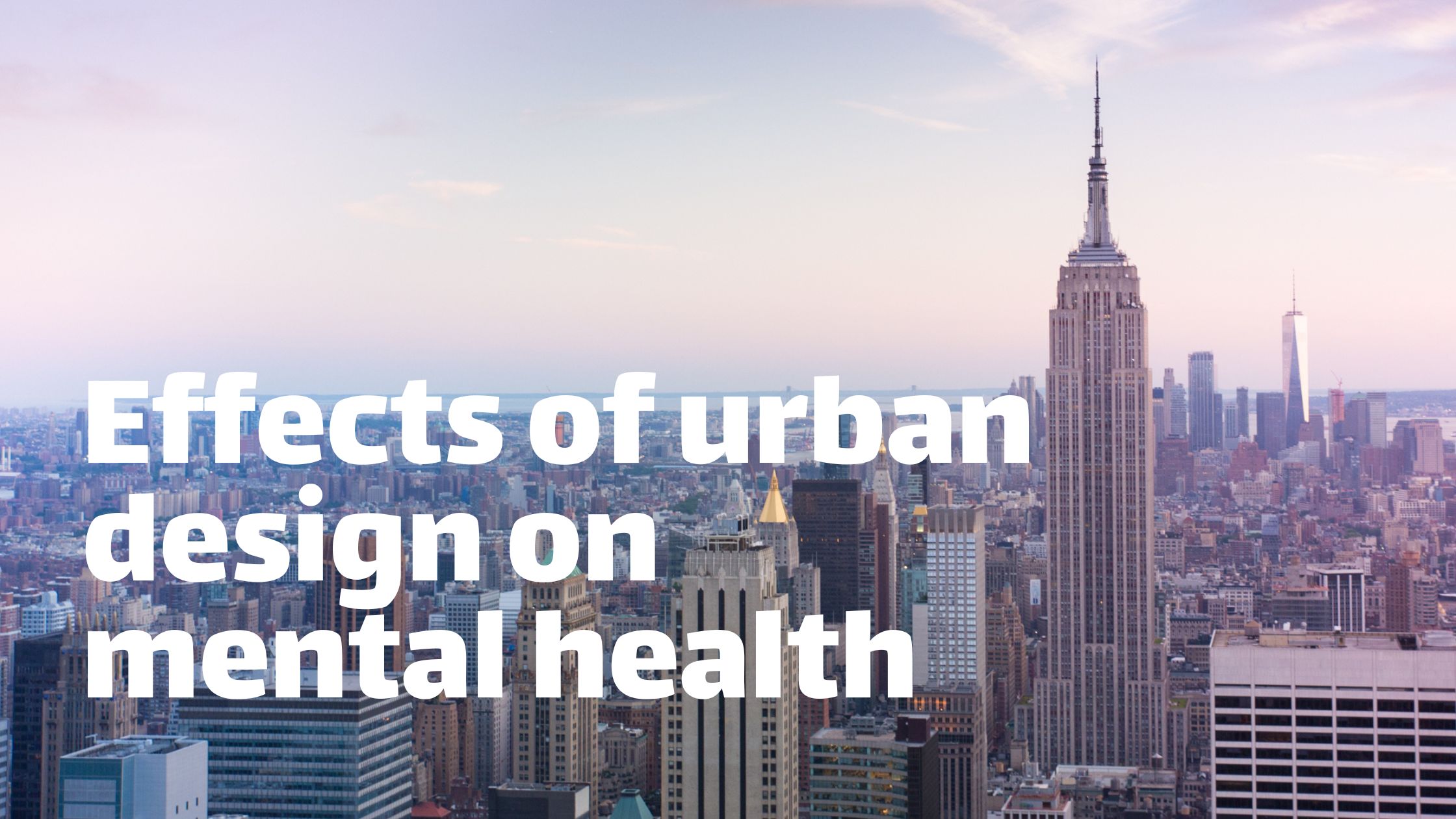Effects of urban design on mental health
- May 2, 2023
- Health
Have you ever felt the weight of a long day lift when you take a stroll through your favourite park or stretch of urban green space? Well, Urban design isn’t just about aesthetics; it’s also about how we experience our cities, towns, and neighborhoods. That’s why it’s important to understand how urban design can affect mental health. In this article, we’ll explore the various ways urban design can potentially uplift people’s mental well-being, including factors like walkability, green spaces, community spaces, and more. Whether you’re an urban planner or just want to learn more about how your city affects your mental health this article is for you.
Exploring the Role of Green Spaces in Mental Health
Feeling stuck in a mental rut? You’re not alone. Mental health issues are on the rise, but cities and communities are turning to nature-based interventions to help improve mental well-being.
One of the most important aspects of urban design when it comes to mental health is green spaces. Green space can provide places for reflection and relaxation while connecting people to nature and helping people find a sense of connection with their community. Research has found that increasing access to green spaces can offer relief from stress, depression, and anxiety – making them an invaluable tool for public health initiatives.
So when you’re feeling overwhelmed, head outdoors and take a stroll in your local park – it could do more good than you think!
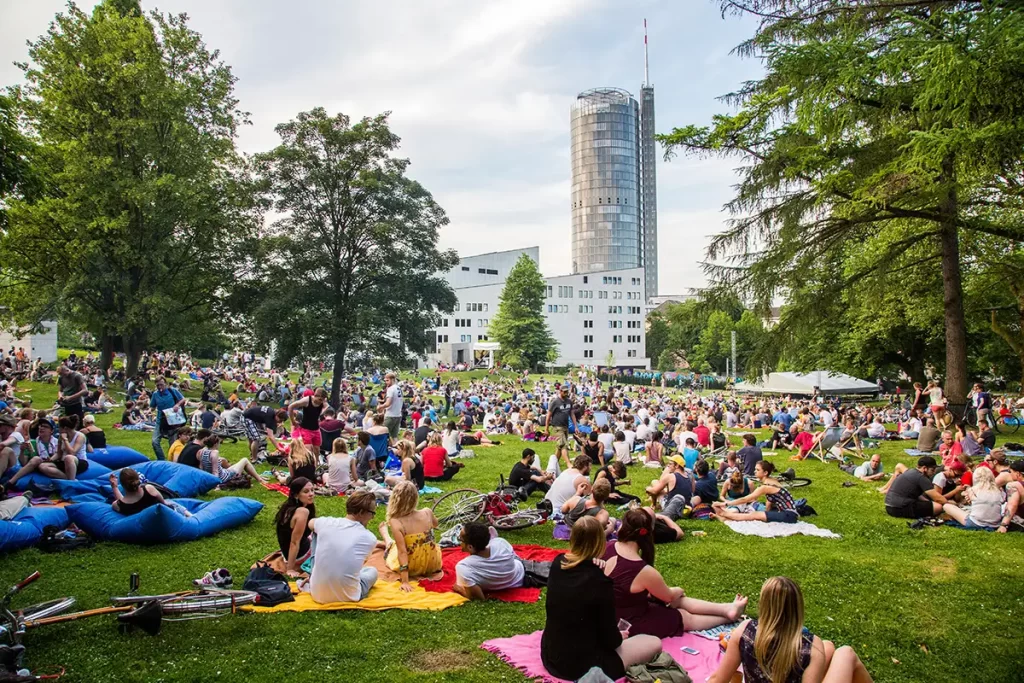
Impact of Walkability on Mental Health
When it comes to urban design and mental health, walkability is a factor that cannot be overlooked. When cities are designed for pedestrians, it means less car traffic and greater opportunities for physical activity. Studies have found that living in walkable neighborhoods is associated with higher levels of physical activity, better overall health, and improved psychological well-being. Walking and being active can provide huge mental health benefits—it can help to reduce stress, improve mood, and increase energy levels. But there’s more: walking also allows people to explore and interact with their community in a way that can reduce isolation and promote positive relationships with the people around them.
By building streetscapes that invite pedestrians instead of cars—such as adding bike lanes and widening sidewalks—we create safer spaces that are more conducive to connecting with our surroundings in ways that foster positive mental health outcomes.
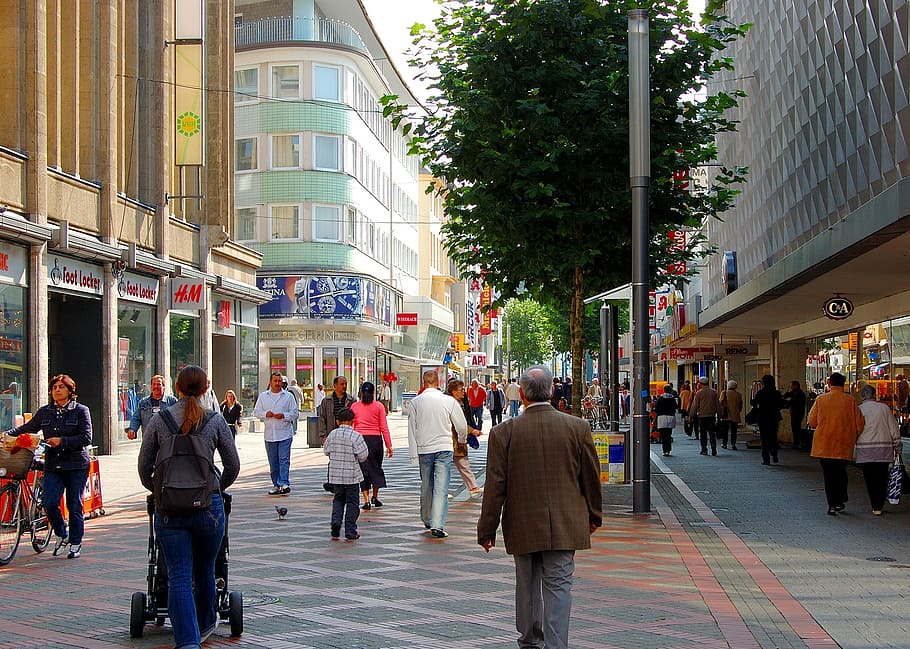
Promoting a Sense of Belonging With Community Spaces
Having places to connect with people right in your neighborhood is an important part of feeling a sense of belonging. Community spaces are great for allowing people to come together and socialize, away from the stressors of everyday life.
The presence of community spaces that promote recreational activities, like sports, or even just walking around in a nearby park can be great for reducing stress and enhancing mental well-being. When people invest their time in these kinds of activities with their friends, family, and neighbors, it creates positive emotions like connection and joy.
From playgrounds to shopping centers, we all need places where we feel welcome and accepted—especially those who are marginalized or isolated in society—since it contributes to overall mental wellness.
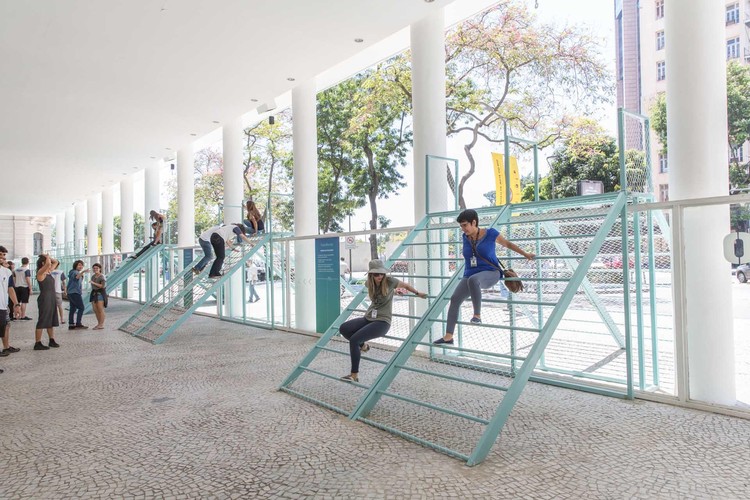
Creative Landscape Architecture for Positive Mental Health Outcomes
Urban design plays a key role in mental health outcomes because it’s where people spend most of their time. Creative landscape architecture can have a hugely positive effect on mental health because it can be used to create places of solace and peace, calming environments, and amazing spaces that bring joy.
Landscape architects need to pay close attention to the natural environment and how human beings interact with it. By integrating elements like green spaces, walkability, and outdoor community spaces into urban design, they can help promote positive mental health outcomes.
Finally, community spaces like parks or plazas also have a role in promoting positive mental health outcomes by providing opportunities for social interaction with others in an outdoor setting.
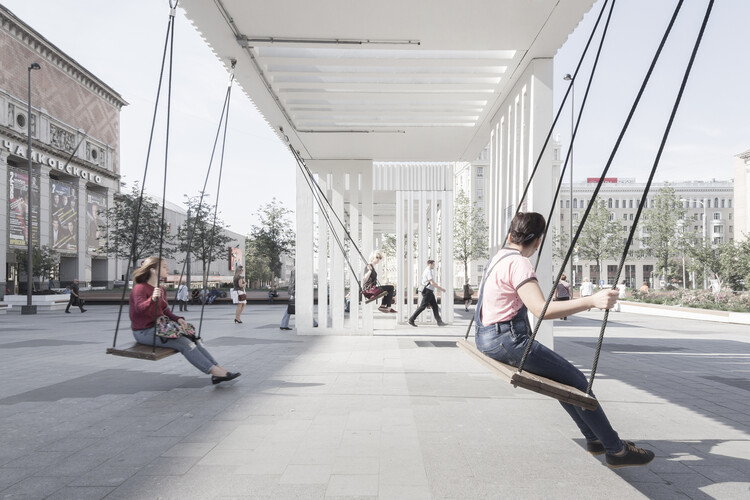
Investigating the Impact of Urban Design on Crime Prevention
Did you know that urban design can also help to decrease crime? It’s true proper urban design directly influences the livability of a city, making it safer and more secure for the people who live in it.
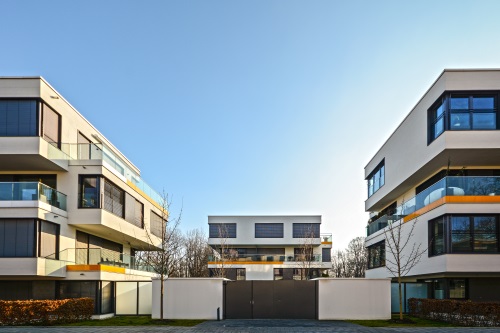
Uplifting urban design can truly empower communities and promote mental well-being. By incorporating elements such as green spaces, walkability, and community spaces into our city designs, we can create an environment that encourages connection, reduces stress, and uplifts the community.
It is essential for us to think about the effects of our urban designs, as they can have an immense impact on both our physical and mental health. We need to recognize the power of design to influence the quality of our lives. It is no longer enough to just design cities that are efficient and cost-effective; we must also design cities that are thoughtfully designed with our mental health in mind.

